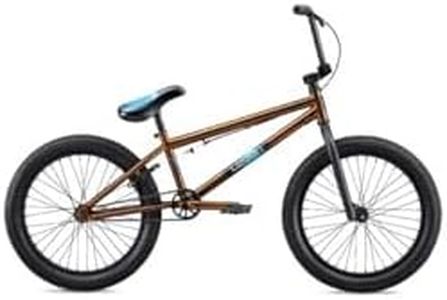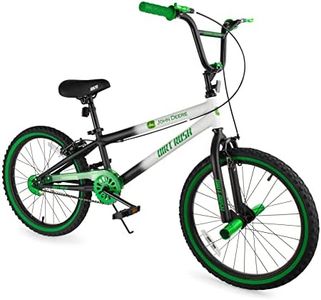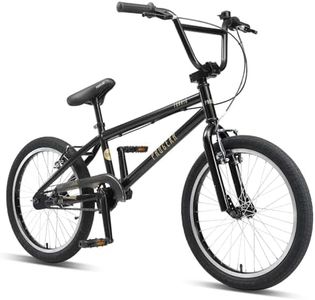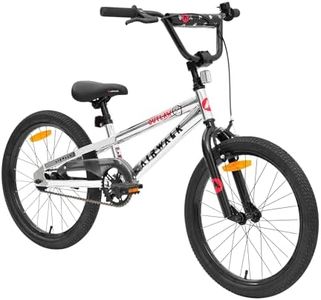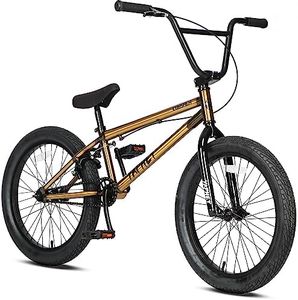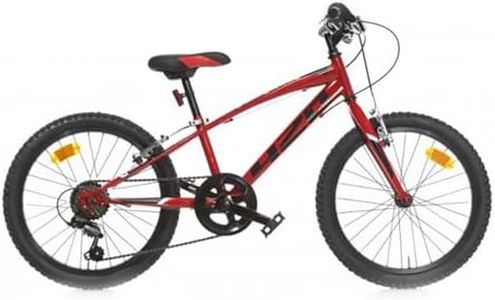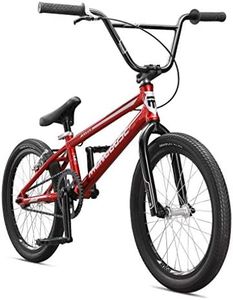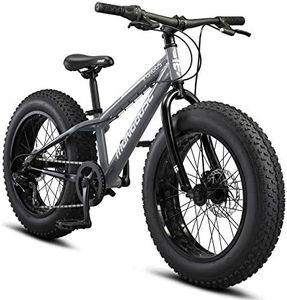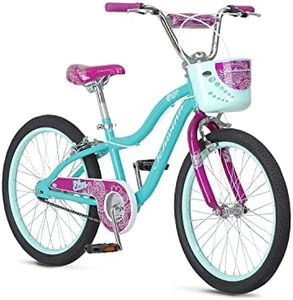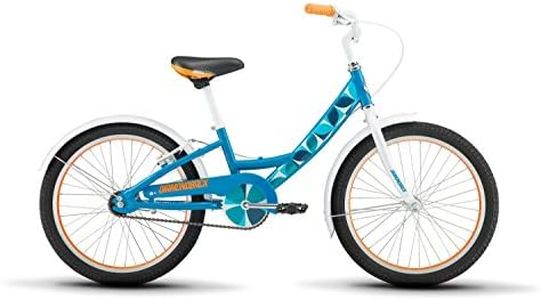We Use CookiesWe use cookies to enhance the security, performance,
functionality and for analytical and promotional activities. By continuing to browse this site you
are agreeing to our privacy policy
10 Best 20 Inch Kids Bike
From leading brands and best sellers available on the web.Buying Guide for the Best 20 Inch Kids Bike
Choosing a 20-inch kids’ bike is an exciting step in your child’s biking journey. At this stage, it’s about more than just size—it’s making sure the bike matches your child's abilities, needs, and the type of riding they want to do. To make the best choice, consider where and how your child will ride the bike, their physical abilities, and comfort level. Focusing on the right features and specifications helps ensure your child feels confident and enjoys every ride.Wheel SizeThe '20-inch' refers to the diameter of the bike’s wheels, which is a standard size for kids transitioning from beginner to more independent riding, generally fitting children aged about 6 to 8 years old. Proper wheel size matters because it affects how easily your child can handle the bike, reach the ground, and maintain stability. Stick with 20-inch wheels unless your child is very tall or short for their age—always have them sit and try to ensure they can comfortably touch the ground with their feet.
Frame MaterialThe frame of the bike is usually made from aluminum, steel, or sometimes other lightweight materials. Frame material affects the overall weight of the bike, durability, and how easy it is to maneuver. Aluminum frames are lighter and resist rust, making them easier for kids to handle and carry. Steel tends to be heavier but can be more durable and may absorb bumps better. Pick a frame that isn’t too heavy for your child, keeping in mind that lighter bikes are generally easier for kids to ride and control, especially if they may need to carry the bike themselves.
BrakesThere are typically two brake types: coaster brakes (pedal backwards to stop) and hand brakes (squeeze levers on the handlebars). Coaster brakes are simpler for younger kids who are still mastering hand strength and coordination. Hand brakes help kids transition toward adult bikes and are good for those with stronger hands and coordination. Some bikes have both, which can help kids learn. Consider your child’s confidence and physical skills—coaster brakes can be better for beginners, while hand brakes suit those ready for a challenge.
GearingSome 20-inch bikes are single-speed (just one gear) while others have multiple gears, usually controlled by a simple twist or trigger shifter. Single-speed bikes are simple and require less maintenance, which is great for flat pavements and straightforward riding. Multi-speed bikes let kids tackle hills and rougher terrain but can be confusing for those new to gearing or not yet ready to multitask. If your child is mainly riding on flat surfaces, a single-speed is sufficient; if they’ll be riding on varied terrain and are curious about shifting, consider a bike with a few gears.
SuspensionSome 20-inch bikes offer front suspension or even full suspension to absorb bumps, while many have none (called rigid bikes). Suspension can add comfort and help if your child plans to ride on rough or off-road trails. However, it also makes the bike heavier and more complex. For mostly pavement or smooth trails, no suspension is fine and the bike will be easier to handle. For adventurous off-road riding, a bike with at least front suspension may be more comfortable.
WeightThe overall weight of the bike can make a big difference in how easy it is for your child to ride, control, and even pick up if it falls. Lighter bikes help with confidence and control, especially for younger or smaller kids. Check the weight relative to your child’s size—ideally, the bike should not be more than about 40% of your child’s weight.
AdjustabilityLook for features like adjustable seat height and handlebar position. Bikes that are easy to adjust can grow with your child, making sure they’re always riding comfortably and safely as they get taller. Test how simply the seat and handlebars can be moved, and make sure there’s enough range to cover a growth spurt or two.
